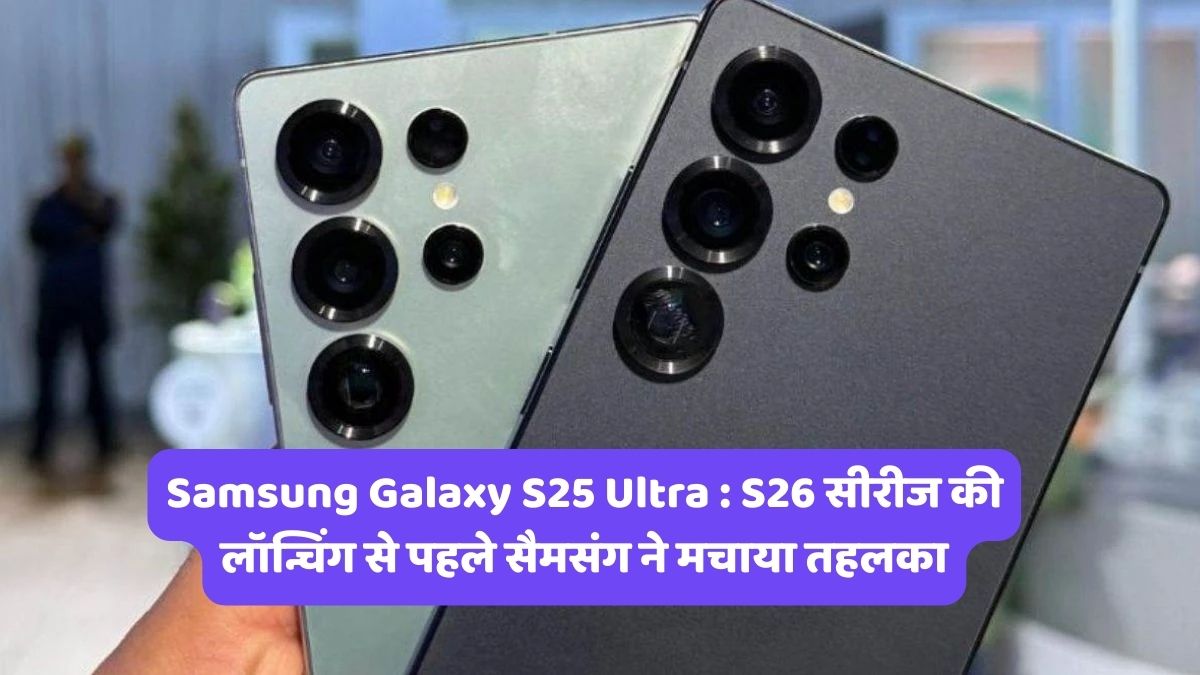Join WhatsApp
Join NowTiny hole on phone: In today’s hyper-connected world, the smartphone has become an indispensable extension of our very being. From budget-friendly devices to ultra-premium models costing a fortune, these pocket-sized marvels are our windows to the world. We interact with them constantly, mastering the screen, the cameras, and the buttons. Yet, amidst all this familiarity, there are tiny, seemingly insignificant features that we see every single day but completely ignore.
Have you ever looked closely at your phone, particularly at the bottom edge near the charging port, or perhaps near the camera lens on the back? You’ve undoubtedly seen it: a tiny, pin-sized hole. Most people glance over it, dismissing it as a manufacturing quirk or perhaps a reset button. But what if we told you that this minuscule opening is one of the most critical and brilliantly engineered components of your entire device?
This isn’t a design flaw or a decorative element. It’s time to unmask the secret: that tiny hole is your phone’s primary microphone.
The Unsung Hero of Your Every Conversation
Every time you make a phone call, record a voice note, issue a command to your voice assistant, or shoot a video, this humble microphone springs into action. Its job is to capture your voice with stunning clarity. But its real genius lies not just in what it captures, but in what it ignores.
Modern smartphone microphones are masterpieces of directional technology. They are specifically designed to be highly sensitive to sound coming from a very close range and a specific direction—your mouth. This is why, even if you’re in a moderately noisy café or a busy street, the person on the other end of the call can hear your voice clearly. The microphone intelligently prioritizes your speech while actively minimizing the ambient background chatter.
Strategic Placement: A Masterclass in Design
The location of this microphone is no accident. Engineers place it at the bottom of the phone for a very deliberate reason. When you hold your phone to your ear to make a call, the bottom edge is naturally positioned closest to your mouth. This ensures that your voice is transmitted directly into the microphone, resulting in the cleanest possible audio signal.
But hold on, there’s another secret. Look closely, and you might find a second tiny hole, often on the top edge of your phone or near the rear camera module. This isn’t a backup; it’s a key part of an incredibly sophisticated system: active noise cancellation.
This second microphone’s sole purpose is to listen to the ambient noise around you—the traffic, the wind, the crowd. The phone’s processor then takes this background noise signal, inverts it, and uses it to cancel out the corresponding noise captured by your primary microphone. What’s left is the pure, isolated sound of your voice. It’s this clever duo-microphone system that allows for crystal-clear conversations in almost any environment.
More Than Just a Hole: A Mission-Critical Component
To call this feature just a hole is to do it a grave injustice. It is a deceptively simple yet brilliantly effective piece of engineering that is fundamental to your phone’s purpose. Without it:
- Phone calls would be a muffled, frustrating mess.
- Voice recordings and memos would be filled with distracting background noise.
- Video recordings would have poor, unusable audio quality.
- Voice commands for assistants like Siri and Google Assistant would be far less reliable.
So, the next time you pick up your smartphone, take a moment to appreciate that tiny, often-overlooked hole. It may look like nothing, but it’s a testament to the incredible design and technology that makes modern communication possible. It’s not just a hole; it’s the gateway for your voice to the digital world.


















